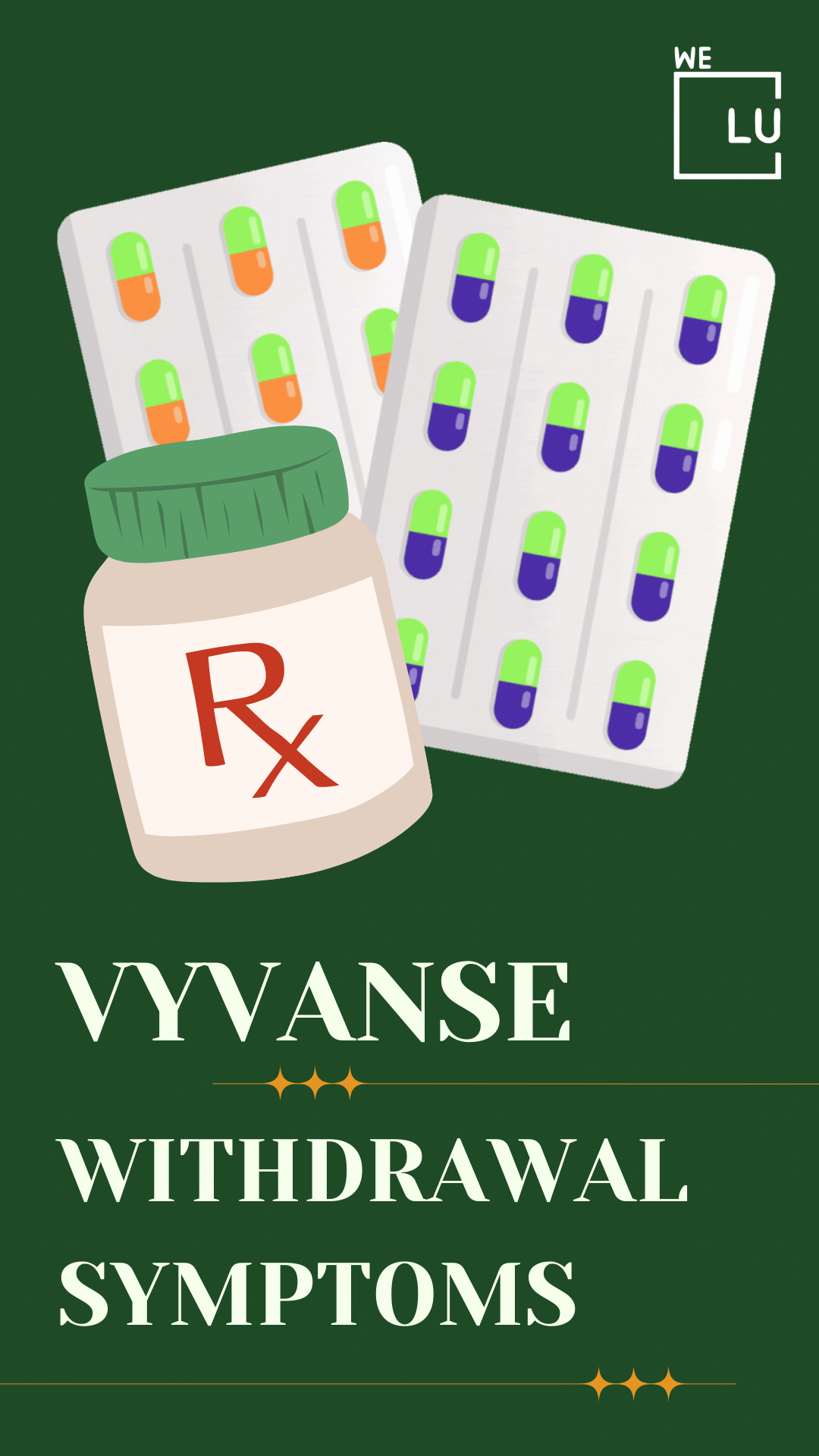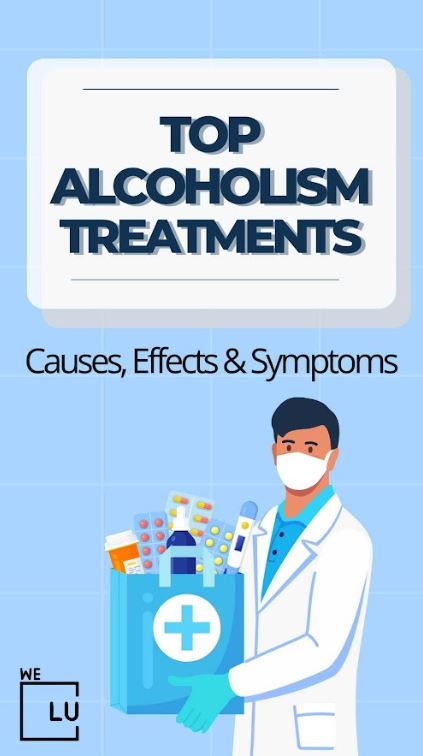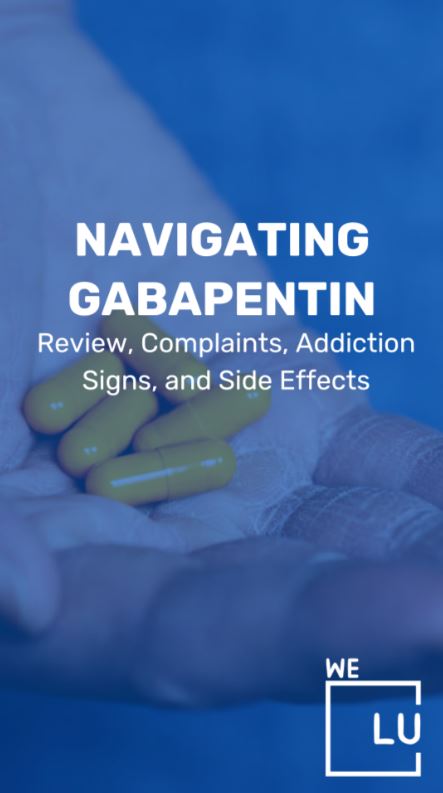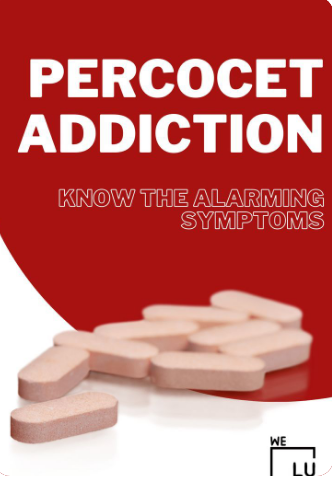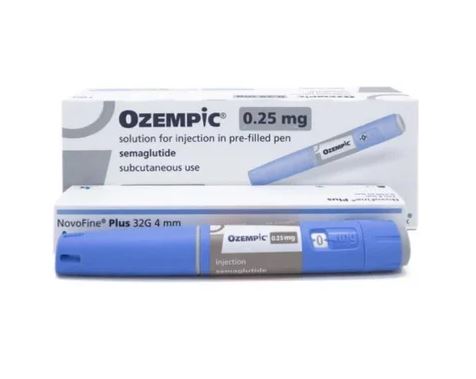Dangers Of Meth Sores
People who use meth usually create skin cases for several other reasons. Meth can induce severe itching that makes people rub their skin raw. It can also cause a person to hallucinate and scratch fictional bugs. Meth users often develop unhealthy skin after eating a poor diet and neglecting their hygiene. According to research, the prevalence of methamphetamine use is estimated at ~35 million people worldwide, with over 10 million users in the United States. [1]
Meth is a powerful and addictive drug with the potential to harm a person’s health and relationships seriously. Identifying the signs of meth use and signs of meth sores (also known as meth scabs) can help in getting treatment as early as possible and avoid further meth use complications.
What Is Meth?
Methamphetamine, commonly known as meth, is a powerful central nervous system (CNS) depressant. It is classified as a Schedule II drug by the Drug Enforcement Administration (DEA). Schedule II drugs are defined as those with a high potential for abuse. When used, they can potentially lead to severe psychological and/or physical dependence. In other words, Schedule II drugs like meth are considered to be very dangerous.
Despite its dangers, methamphetamine is available as an FDA-approved prescription medication used to treat obesity and attention deficit hyperactivity disorder (ADHD) – Sold under the brand name Desoxyn.
However, in the United States, it is illegal to manufacture, possess, transport, or sell illicit methamphetamine (non-prescription). These actions are considered criminal offenses and are punishable by fines, incarceration, family separation, and other measures.
What Are Meth Sores?
Methamphetamine (meth) is a synthetic and highly addictive stimulant. Meth sores are a portion of the side effects associated with constantly or frequently using meth. If you notice meth sores occurring on your body or the body of a loved one, it might be a sign they have a substance abuse disorder.
One expected aspect of meth addiction is meth sores or meth scabs. These sores are open wounds that may form on various body parts, including hands, mouth area, chest, and arms. Using meth occasionally does not cause meth sores; however, consistent meth use results in meth sores.
Meth sores also known as meth scabs, are just one of many signs indicating a person is struggling with a meth addiction. Meth sores do not occur when a person is sporadically using meth. They do not occur if a person has taken meth once or twice. A person suffering from a meth addiction for a long time and consistently consuming meth will show meth sores.
Sores and scabs from meth can also develop on the lips or inside the mouths of people who smoke crystal meth. These sores can look like cold sores or canker sores. They’re one of the symptoms of meth mouth. On other parts of the body, meth sores may look like chicken pox blisters that someone scratched. When a meth sore gets infected, it can look like a bad blister with a brown or black center.
The blister may swell and fill with pus. If it isn’t treated, the infection can spread. If a person with meth sores treats the sores properly and stops using meth, the wounds will heal, similar to how a scratch or blister heals. They’ll slowly decrease in size, turn a dimmer shade of red and slowly fade away. They may scab and turn into a scar depending on the severity of the meth sore.
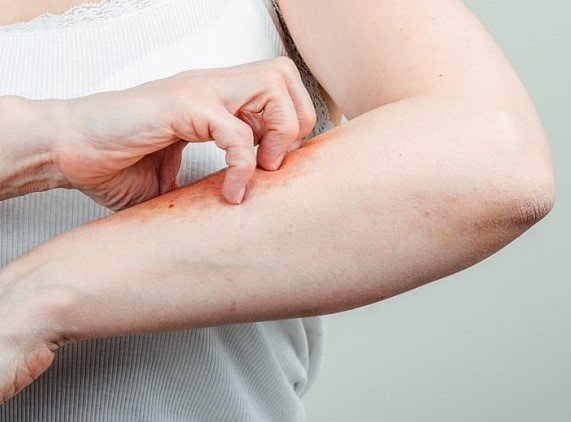
Meth Face Sores Before & After Images
Meth face sores are a side effect of methamphetamine use. As with other side effects, it is not permanent but can last for weeks or months. If you notice sores on your face, getting medical help immediately is essential. As meth sores may be a sign of infection. Additionally, it is vital also to seek help if your use of methamphetamine is frequent and out of control, as this may be an indication of an addiction.
The below Meth before and after images depict the incredible changes to the face and skin of Meth addicts.
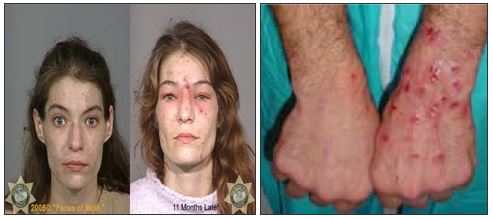

Skip To:
Learn More:
- 23 Side Effects of Faces of Meth, Signs, and Symptoms
- What Does Meth Taste Like?
- How to Cook Meth?
- What Does Meth Smell Like When You’re Cooking it?
- Identifying Fake Meth
- Meth Pupils, Signs & Symptoms
- Meth Eyes, Signs & Symptoms
- Meth Sores, Signs & Symptoms
- What Does Meth Look Like?
- Meth Pipe & Paraphernalia
How Do Meth Sores Form?
Meth sores form in various ways depending on how one uses the substance. How someone uses meth also determines where these sores will form. For instance, face and mouth sores may result from injecting meth into the bloodstream.
When someone injects dissolved meth into the bloodstream, it becomes water-soluble and escapes the body as sweat. When the skin’s pores sweat and secrete an oil, it develops into sores. The meth-laden sweating irritates the skin and results in meth sores.
Secondly, scratching or picking the skin from meth’s effects can cause sores. Lastly, smoking crystal meth through a pipe can cause blisters to develop into open wounds. The tube heats up and burns the lips and skin around the mouth. This is also known as drug-triggered itching and contributes to why meth sores form on the body.
Why Do Meth Sores Form?
Meth sores may be drug-triggered itching, hallucination-induced scratching, or limited blood flow that causes acne. These sores often result from burns from meth smoking, infection, continuous skin irritation and picking, weakened immune system, and lack of personal hygiene.
What Do Meth Sores Look Like?
Meth sores or meth scabs are often mistaken for acne because they mostly form on the face of users (meth face scabs). These sores appear as open, inflamed, and red flesh wounds that may appear scabby as they heal. Initially, they look like small bites but can become large open sores with persistent scratching and itching, especially when irritated or infected.
If you use meth once, twice, or occasionally, you will not likely develop meth sores. However, meth sores or meth scabs are a result of consistent meth use.

Faces of Meth and Meth Mouth Sores
What causes meth sores? Many people addicted to meth may dissolve the drug in water to inject it. This is especially common with advanced meth users. As meth becomes water-soluble, it escapes the body through our pores like sweat.
What are meth sores on the skin? The pores on the face tend to sweat and excrete oil the most, therefore developing meth mouth sores. In addition, this meth-laden sweat irritates the skin, which results in meth sores on the face.
Skin picking is also common among many individuals struggling with meth addiction. This can lead to open wounds on the face that become infected. Leading to significant, open injuries that can take weeks to heal.
What do meth sores look like? Sores on the face from meth are also common among crystal meth users who smoke the drug through a pipe. As the pipe heats up, it can burn the skin around the mouth and the lips, resulting in meth blisters that develop into open wounds.
Does meth make you itchy? People who use meth usually develop skin problems for several different reasons. Meth can cause severe itching that makes people rub their skin raw. It can also make a person hallucinate and scratch imaginary bugs. Meth users often develop unhealthy skin after eating a poor diet and neglecting their hygiene.
What Causes Meth Sores?
There are many reasons why someone may acquire meth sores. These include:
- Meth mites. The user hallucinates that tiny mites are crawling on or under their skin. This prompts the person to pick up the skin to eliminate the imagined bugs.
- Crystal meth pipe. Someone who smokes crystal meth may develop meth sores around their mouth caused by burns from the pipe.
- Meth sweat. Because meth is water-soluble, it can sweat out through the pores. This irritates the skin, causing sores.
- Restricted blood flow. Meth causes the blood vessels to restrict, which can cause dry, scaly patches on the face or arms, this is also known as meth face scabs.
- Weakened immune system. Meth use causes the immune system to become compromised. This makes it harder to fight off infection, so the sores that are there will not heal promptly.
Because the meth sores irritate, the person may continue to pick at or itch their skin. This only makes the sores worse, even leading to infections. Once an infection enters the bloodstream, it increases the risk of sepsis, which is often life-threatening.
Get Help. Get Better. Get Your Life Back.
Searching for Accredited Drug & Alcohol Rehab Centers Near You? Or Mental Health Support?
Even if you have failed previously, relapsed, or are in a difficult crisis, we stand ready to support you. Our trusted behavioral health specialists will not give up on you. Call us when you feel ready or want someone to speak to about therapy alternatives to change your life. Even if we cannot assist you, we will lead you wherever you can get support. There is no obligation. Call our hotline today.
FREE Addiction Hotline – Call 24/7Meth Sores Fact Sheet
Meth Sores on Face and Meth Mouth Sores
Many people addicted to meth may choose to dissolve the drug in water to inject it. This is especially common with advanced meth addicts. This means that as meth becomes water-soluble, it escapes the body through our pores as sweat.
The pores on the face tend to sweat and excrete oil the most, developing meth scabs on face and around the mouth. This meth-laden sweat irritates the skin, which results in meth scabs.
Skin picking is also common among many meth addicts, leading to open wounds on the face that become infected. This leads to large, open wounds that can take weeks to heal. This is the leading cause of meth scabs face.
Mouth sores are also common among crystal meth users who smoke the drug through a pipe. As the pipe heats up, it can burn the lips and the skin around the mouth, resulting in blisters that develop into open wounds.
Meth Sores in Mouth
Meth mouth is the tooth decay and poor dental health that typically occur when someone is addicted to Meth or Methamphetamines. Meth mouth has been dubbed a “dentist’s worst nightmare,” resulting from a combination of “acidic tooth decay and drug-induced physical changes that occur with meth use.” Meth mouth is often one of the most apparent physical changes that occur when someone abuses Meth, alongside changing facial features and skin damage from shooting Meth.
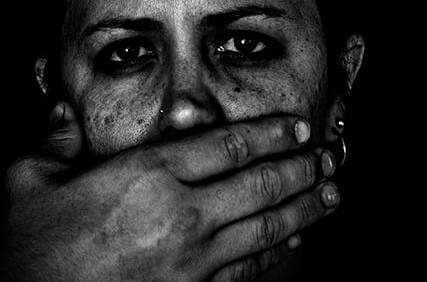
Meth Sores on Body and Skin
The effects of using meth can be quite extreme. One such effect is getting meth sores on the skin—mainly on the arms, chest, face, and lips.
Skin sores are just one overt sign of how toxic the substance meth is. It can have a devastating effect on a person’s life. Because it impacts the brain so profoundly, it can cause psychotic symptoms, such as paranoia, hallucinations, and decreased mental abilities. It also causes violent behavior and impulsive risk-taking. Learn more about methamphetamine and its risks.
Meth Bugs, Meth Mites & Crank Bugs
Meth bugs, meth mites, and crank bugs are terms for the same type of hallucination. People who use meth often stay awake for several days. Sleep deprivation can cause hallucinations in otherwise healthy individuals, according to the University of Pittsburgh’s Brain Institute.
Experts don’t know the cause of the specific hallucination. But several drug users have created theories, including:
- Meth can make a person itchy, anxious and paranoid. After several days without sleep, people who use meth may begin thinking that the itching is caused by something inside the skin.
- People who use meth may have unhealthy skin because of an unhealthy diet, poor hygiene, or the effects of toxins inside of meth. When high on meth, these people may compulsively rub their already unhealthy skin, causing scratches or irritations. They end up hallucinating and believing bugs are causing their skin problems.
- Meth mites and crank bugs are well-known terms. Most people who use meth have heard of the hallucination. Sleep deprivation and the side effects of meth use may make the memory of a story turn into a real hallucination.
The insects seem real during a hallucination, and the hallucination seems to be typical among meth users. However, meth bugs and meth mites do not exist. No sober person has seen a meth bug.
Meth Addiction Statistics
Methamphetamine dependence is a serious worldwide public health problem with significant medical, psychiatric, socioeconomic, and legal consequences. In the United States during 2015–2018, approximately 1.6 million adults, on average, used methamphetamine each year, and nearly 25% of those reported injecting methamphetamine.
Source: Centers for Disease Control and Prevention
11.08 million
Drug use is, directly and indirectly, responsible for 11.8 million deaths each year. Smoking, alcohol, and drug use are risk factors for early death.
Source: NIH
11.4 million
11.4 million die prematurely. As a result, each year, over 350,000 dies from overdoses (alcohol and illicit drug use disorders).
Source: NIH
13 million
The United States government reported in 2008 that approximately 13 million people over 12 had used methamphetamine—and 529,000 of those are regular users.
Source: NIDA
Health Impact of Meth Sores
Meth sores create health risks similar to those of any other open wound. If the sore isn’t cleaned and protected, germs can enter a person’s body and cause an infection. Infections can be minor or severe. Minor infections can cause pain and discomfort. If the infection spreads and becomes serious, it can cause fever, fatigue, and diarrhea.
When infections aren’t treated, they can be life-threatening, according to Mayo Clinic. The infection may worsen if it swells and fills with pus or blood. Another sign of a worsening infection is when the area around the sore becomes red.
Meth sores or meth scabs that are caused by unsterile injections may indicate a contagious disease. People who use meth often have poor immune systems, according to a 2014 study published in Frontiers in Neuroscience. Their wounds may take longer, and their infections may spread more rapidly.

Get Your Life Back
Find Hope & Recovery. Get Safe Comfortable Detox, Addiction Rehab & Mental Health Dual Diagnosis High-Quality Care at the We Level Up Treatment Centers Network.
Hotline (877) 378-4154How To Get Rid of Meth Sores
The simple way to get rid of meth sores and scabs is to live a healthy lifestyle and wait for them to heal. Acne, blisters, and rashes usually heal over time if they aren’t infected. The quickest way to speed recovery is to protect the wounds from infection. Some people report getting acne during meth detox, but the acne usually fades away within a week or two of meth withdrawal.
To get rid of meth sores that aren’t infected, you should:
- Stop using crystal meth.
- Clean the wound with over-the-counter disinfectants.
- Protect the wound with a bandage.
- As the wound heals, remove the bandage.
- Avoid picking, scratching, or rubbing the wound.
Acne caused by meth use or meth withdrawal can be treated with over-the-counter ointments or treatments prescribed by a doctor. Some scars caused by meth use may be treated with traditional scar treatments, but spots that don’t fade may be one of the long-term effects of meth. If you cannot stop using crystal meth, you should seek meth addiction treatment. You can find treatment and support groups for meth abuse by calling a meth hotline. Once you’ve stopped using crystal meth and you adopt a healthy lifestyle, your skin and overall health will improve.

Signs Of Meth Addiction
Anyone that uses meth even though they want to stop or cut back is diagnosed with Methamphetamine Use Disorder (the official name for crystal meth addiction).
Before changes in physical appearance are obvious, you may notice the following:
- Mood swings
- Disinterest in hobbies / social isolation
- Irritability and anger
- Sores from scratching
- Twitching
- Weight loss
- Life consequences (jail time, loss of parental rights, job loss, theft, damaged family relationships, divorce)
Nearly half of meth users become meth dependent.
First-class Facilities & Amenities
World-class High-Quality Addiction & Mental Health Rehabilitation Treatment
Rehab Centers TourRenowned Addiction Centers. Serene Private Facilities. Inpatient rehab programs vary.
Addiction Helpline (877) 378-4154Proven recovery success experience, backed by a Team w/ History of:
15+
Years of Unified Experience
100s
5-Star Reviews Across Our Centers
10K
Recovery Success Stories Across Our Network
- Low Patient to Therapist Ratio
- Onsite Medical Detox Center
- Comprehensive Dual-Diagnosis Treatment
- Complimentary Family & Alumni Programs
- Coaching, Recovery & Personal Development Events

Faces Of Meth
Many meth addicts look like executives or truck drivers. It’s not always the shocking “faces of meth” we see in the media.
That said, meth addiction is associated with disturbing physical consequences like:
- Pale skin, skin sores from scratching
- Sunken eyes
- Rotting Teeth
- Low body weight
- Facial Tics
- Brain damage
- Paranoia
- Problems with coordination and movement
World-class, Accredited, 5-Star Reviewed, Effective Addiction & Mental Health Programs. Complete Behavioral Health Inpatient Rehab, Detox plus Co-occuring Disorders Therapy.
CALL (877) 378-4154End the Addiction Pain. End the Emotional Rollercoaster. Get Your Life Back. Start Drug, Alcohol & Dual Diagnosis Mental Health Treatment Now. Get Free No-obligation Guidance by Substance Abuse Specialists Who Understand Addiction & Mental Health Recovery & Know How to Help.
How Meth Affects the Rest of the Body
Meth mouth can severely damage an individual’s overall health, affecting the entire body. In addition to blood-borne infections from bacteria and open wounds in the mouth, Meth abuse can also cause:
- Premature delivery
- Hyperthermia
- Convulsions
- Heart problems
- Risk of HIV
- Risk of hepatitis
- Lead poisoning
- Stroke
- Brain damage
- Meth mite itching (itching caused by nerve sensitivity)
There are significant psychological effects caused by meth abuse, like paranoia and aggression, that can affect the quality of life in the individual. Meth abuse produces life-threatening health problems that should be treated immediately.
Treatment For Meth Mouth
Meth mouth is just one of the side effects of meth abuse that needs attention. In many cases, teeth impacted by Meth mouth must be removed; dental procedures may be able to correct some of the issues caused by Meth mouth, however.
Of course, the consequences of meth can be far worse than poor oral health. Meth detox is a recommended treatment option to get the body to a Meth-free state. The individual could have a higher chance of recovery with the care of a medical professional.
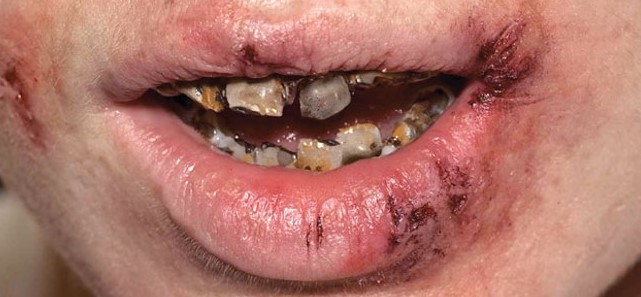
Experience Transformative Recovery at the We Level Up Treatment Center.
See our authentic success stories. Get inspired. Get the help you deserve.



Start a New Life
Begin with a free call to an addiction & behavioral health treatment advisor. Learn more about our dual-diagnosis programs. The We Level Up treatment center network delivers various recovery programs at each treatment facility. Call to learn more.
- Personalized Care
- Caring Accountable Staff
- World-class Amenities
- Licensed & Accredited
- Renowned w/ 5-Star Reviews
We’ll Call You
5 Popular Meth Sores FAQs
-
Why do meth addicts get sore?
Met Sores are open wounds that form almost anywhere on the body, but most commonly in the mouth area, on the chest, hands, and arms. These sores are one of the most noticeable signs of regular meth use and meth addiction. If you use meth once, twice, or occasionally, you will not likely develop meth sores. However, meth sores are a result of consistent meth use.
-
How meth sores can point to an addiction?
Meth sores are just one of many signs indicating a person is struggling with a meth addiction. Meth sores do not occur when a person is sporadically using meth. They do not happen if a person has taken meth once or twice.
A person suffering from a meth addiction for a long time and consistently consuming meth will show meth sores. That is why meth sores are important in determining whether you or a loved one is suffering from meth addiction. However, meth stores are not the only sign of meth addiction. Several other signs of meth addiction can occur.
-
Where meth sores occur on the body?
Meth sores occur most often on the face (meth face) and throat. However, skin sores can appear around the mouth (meth mouth), either from poor sanitization of a meth pipe or because the glass pipe’s hot surface can cause burns. People often pick at their burns, which turn into sores.
-
What to do if you have meth sores?
If you are using meth and believe you may have meth sores, this strongly indicates a meth addiction. Meth addiction does not discriminate against whose life it destroys. The highly addictive quality of methamphetamine drugs makes them incredibly hard to resist once you have taken them. Therefore, if you believe you have meth sores, treating your meth addiction with sincerity and professionalism is the best.
-
Why do meth heads have scabs?
The cause of meth scabs actually comes down to the chemical properties of meth. Increased sweating due to a rise in body temperature is a common effect of meth. That sweat is more acidic than normal due to an enzyme produced by the chemicals in the drug.
Search Meth Rehab / Detox & Mental Health Topics & Resources
Sources
[1] NIDA National Institute on Drug Abuse/ Methamphetamine overdose deaths rise sharply nationwide
[2] NCBI National Center for Biotechnology Information/ What are Meth Sores
[3] SAMHSA Substance Abuse and Mental Health Services Administration / Medication Assisted Program
[5] We Level Up New Jersey – Rehab » Meth Addiction Treatment and How Long Does Meth Stay in Your System.
[6] How Long Does Meth Stay In Your System? Meth Drug Test Factors, Crystal Meth Half-life & Treatment – We Level Up Addiction Treatment Center
[7] National Survey on Drug Use and Health (NSDUH) – Substance Abuse and Mental Health Services Administration review of How Long Does Meth Stay in Your System.
[8] McKay JR. Impact of Continuing Care on Recovery From Substance Use Disorder. Alcohol Res. 2021 Jan 21;41(1):01. DOI: 10.35946 PMID: 33500871; PMCID: PMC7813220.
[9] Fluyau D, Charlton TE. Drug Addiction. [Updated 2022 Aug 29]. In: StatPearls [Internet]. Treasure Island (FL): StatPearls Publishing; 2022 Jan-. Available from: https://www.ncbi.nlm.nih.gov/books/NBK549783/
[10] Justinova Z, Panlilio LV, Goldberg SR. Drug addiction. Curr Top Behav Neurosci. 2009;1:309-46. DOI: 10.1007/978-3-540-88955-7_13. PMID: 21104390; PMCID: PMC3039293.
